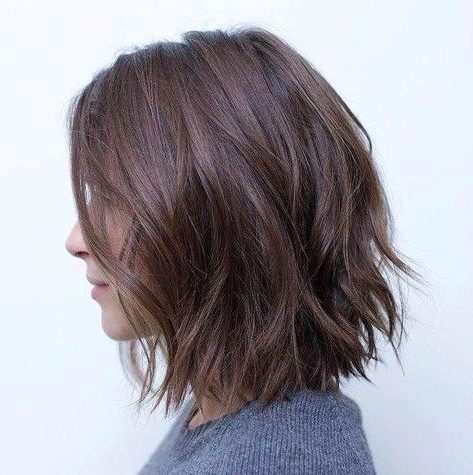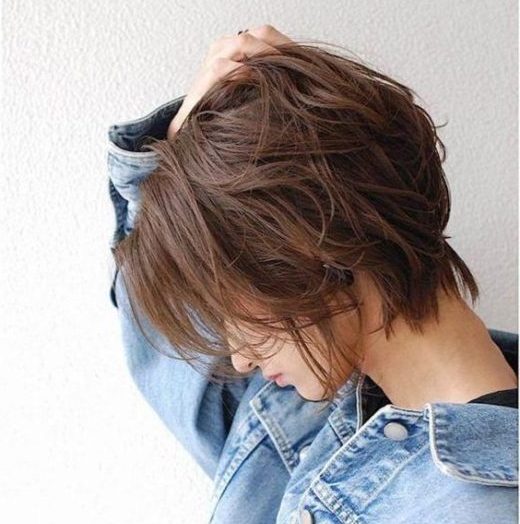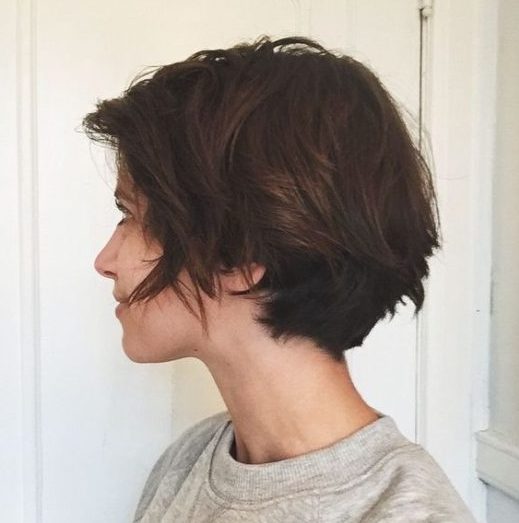The history of the appearance of haircuts and style tomboy (tomboy)
In English, the word tomboy can be translated as “tomboy” or “hooligan”. This is the name for girls, whose games and character are in many ways similar to those of the same age as boys, so it is not difficult to guess what a haircut should look like. The history of the tomboy style began in the 1920s when Coco Chanel revolutionized the fashion world by first inviting women to wear trousers and other details of a men’s wardrobe.
In addition to men’s clothing, women were also interested in short haircuts, which were previously considered the prerogative of men. The idea was quickly taken up by fashion designers such as Yves Saint Laurent, Helmut Lang, Giorgio Armani, and Ray Kawakubo. Women who choose masculine clothing and hairstyles were also called flapper or garcon. This style was able to consolidate its popularity not without the help of Hollywood stars. Many actresses loved to wear short haircuts and men’s clothes, but the most notable of them were Marlene Dietrich and Katharine Hepburn.



During the 20th century, fashion continued to change continuously, but women did not abandon the masculine style and developed it. At the beginning of the 21st century, a trend appeared for models with an androgynous appearance, with a thin and graceful body. At the same time, the tomboy style with its short haircuts “like a boy” was finally formed and consolidated.
Tomboy is a daring haircut with short temples and a nape, the main decoration of which is an elongated asymmetrical bang, with carelessly falling strands. It is performed for short and medium length, above the shoulders. If desired, the asymmetrical bangs can be replaced with a straight one or even done without it. Tomboy cannot be called a universal haircut, as it requires from its owner an appropriate daring style in clothes. Therefore, this hairstyle is suitable for bold and self-confident women.












